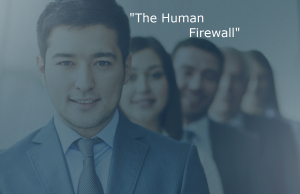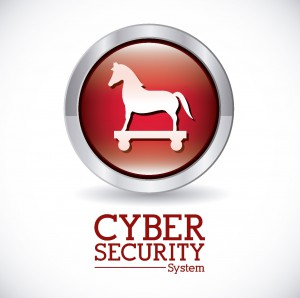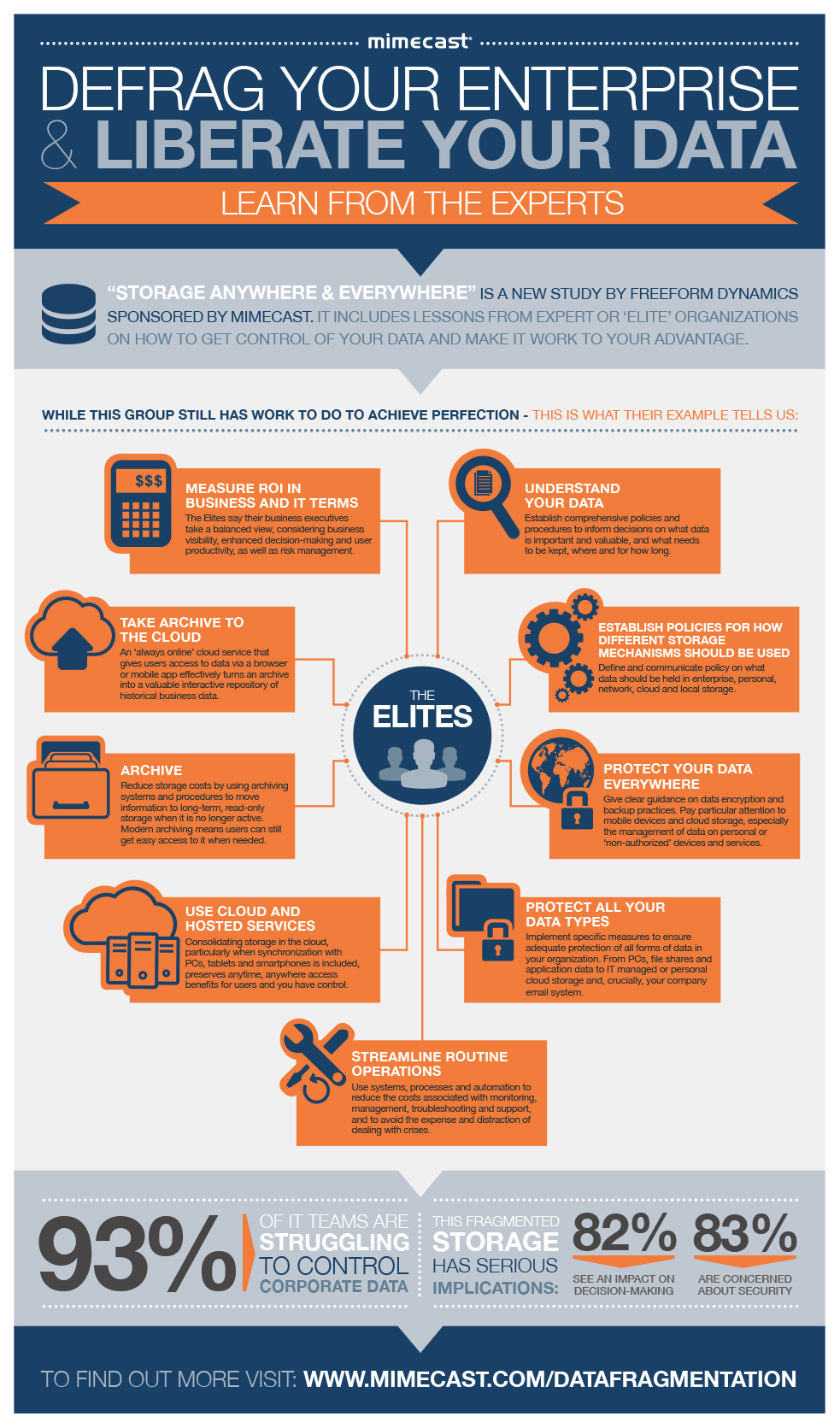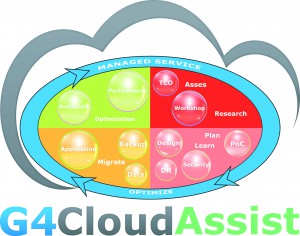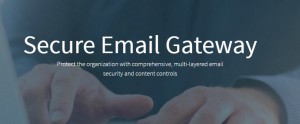
Mimecast Secure E-mail Gateway biedt geavanceerde multi-layered security detectie engines en intelligente security scanning en analyse tools. Hierdoor wordt uitgebreide protectie van E-mail verkeer geboden en worden medewerkers beschermd tegen malware, spam, geavanceerde bedreigingen zoals Spear-Phishing en zero-day aanvallen.
Voor meer dan 16.000 klanten wereldwijd, wordt Mimecast's "Thread Intelligence" en "Adaptive Network" continu geoptimaliseerd zodat het security protectie niveau voortdurend wordt verbeterd en nieuwe geavanceerde bedreigingen kunnen worden voorkomen. Frequente Spear-Phishing aanvallen zullen niet doorkomen doordat iedere URL telkens afzonderlijk wordt herzien en beoordeeld op bedreigingen, dit zorgt ervoor dat spam en malware niet uw netwerk kunnen bereiken.
De meerderheid van de bedrijven hebben ondanks de recente strikte regelgeving nog geen oplossing ter voorkoming van het lekken van data gegevens. Met Mimecast, worden security policies centraal gesteld en werknemer applicaties beveiligd zodat bedrijven en organisaties geen rsico meer lopen op Compliancy en Wettelijke overtredingen. Dit geldt voor On-premise-, Cloud- of Hybride omgeving.
De Mimecast Secure E-Mail Gateway biedt:
-
Een single E-mail Cloud SaaS Platform met "Thread Intelligence" bescherming dat continu wordt geupdate en automatisch kan upscalen zodat grote hoeveelheden gevoelige data kunnen worden gecontroleerd op malware.
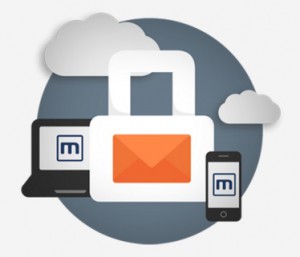
-
Uitgebreid Administrator inzicht en bedieningsgemak om security policies binnen de organisatie snel en consequent toe te passen.
-
Betere en uitgebreide Security voorzieningen met hoge Systeem Performance met de mogelijkheid om reeds bekende en nieuwe geavanceerde E-mailbedreigingen te stoppen voordat ze uw netwerk bereiken.
De Gateway Services verder uitgelicht:
Mimecast Secure E-mail Gateway blinkt uit door uw netwerk te beschermen tegen bestaande risico's en de nieuwste geavanceerde bedreigingen, door specifieke beveiligingsmaatregelen toe te passen op het E-mail verkeer zowel in (bound) als uit (outbound) van uw bedrijf. De Secure E-mail Gateway heeft de volgende specificaties:
- Het biedt bescherming met 99% anti-spam en 0,0001% false positives, 100% anti-malware met inbegrip van zero-hour bescherming en 100% beschikbaarheid SLA.
- Biedt speciale mogelijkheden voor graymail zoals mailinglijsten en nieuwsbrieven zodat eenvoudige archivering en het herindelen van inboxen mogelijk wordt.
- Zorgt voor het minimaliseren van spam verstoringen en het beschermen van de infrastructuur tegen DDOS aanvallen.
- Biedt content controle en Data Leak Prevention (credit Card gegevens).
- Biedt meer flexibiliteit met twee operatie modussen:
- Retention Mode – Activeert waardevolle functies en services, waaronder Track en Trace, Secure Messaging, grote bestanden verzend optie en Content Control.
- Zero Retentie – Elimineert Juridische en Privacy issues doordat de e-mail informatie stroom alleen de Secure Gateway passeert zonder dat er data wordt opgeslagen voordat deze wordt afgeleverd bij de geadresseerde.
- De Secure Gateway verbetert de productiviteit van werknemers en vermindert help desk calls door de geboden self-service functionaliteit en de mogelijkheden om afzenders te blokkeren of toe te staan.
- Biedt ondersteuning voor E-mail validatie , zoals DKIM en DMARC.
De Centrale Beheers- en Administratie Console voor al uw Security Policies
Wereldwijde en fijnmazige security policies zijn eenvoudig in te stellen met de Administratie Console van de Mimecast Secure E-mail Gateway. De geavanceerde Message Transfer Agent (MTA) en uitgebreide security tools in het E-mail Cloud SaaS Platvorm biedt administrators de gewenste beheersmogelijkheden. Waaronder:
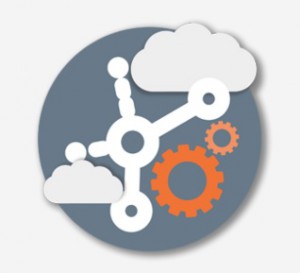
-
Gemakkelijk te configureren van complexe instellingen zoals flexibele inbound routing en traffice-splitsing, zonder toevoeging van additionele On-Premise infrastructuur.
-
Routerings mogelijkheden van E-mail met behulp van Active Directory Groupsmember of "Attributes" voor ultgebreide flexibiliteit.
-
Beheer van E-mailadres of domeinnaam wijzigingen door middel van een eenvoudige policy wijziging in de Centrale Console voor eens en altijd.
-
Biedt de mogelijkheid om E-mail adressen inbound en outbound te herschrijven voor complexe, multi-domein omgevingen.
-
De mogelijkheid hiërarchische policies toe te passen aan de organisatie, groep of op mailbox niveau met uitgebreide en fijnmazige controle instellingen.



